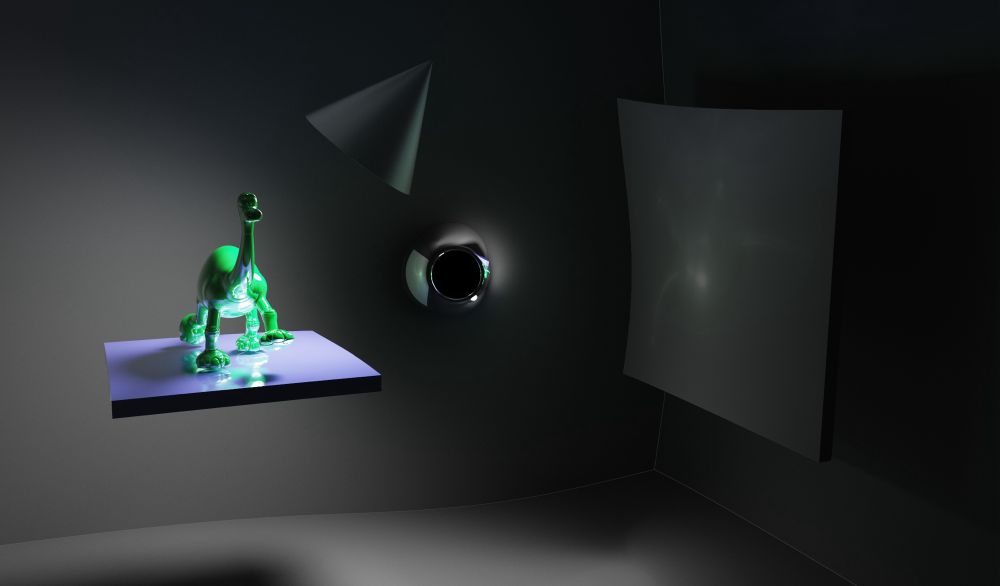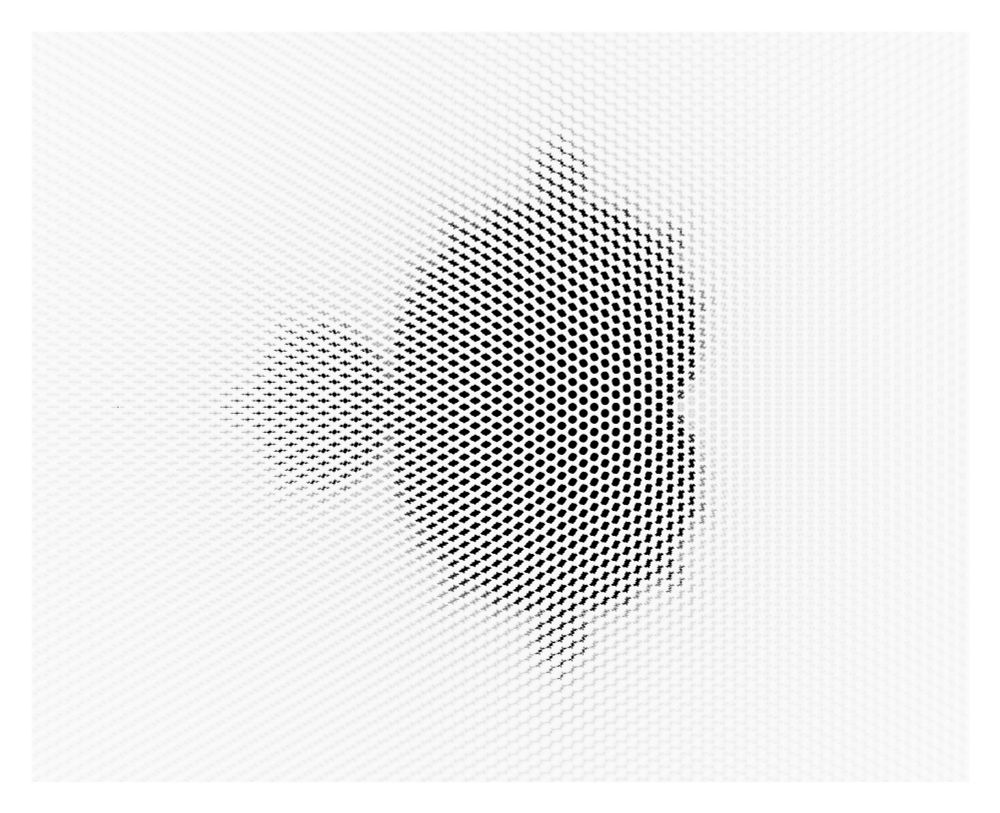


Here’s the light contributing to several hundred pixels

Here’s the light contributing to several hundred pixels













@matthen.com I remember seeing some years ago, and wanted to try something similar.
Some of you may recognize a familiar ghostly image if you squint - more on this later. But the story starts with the details, so here's a deep zoom

@matthen.com I remember seeing some years ago, and wanted to try something similar.
Some of you may recognize a familiar ghostly image if you squint - more on this later. But the story starts with the details, so here's a deep zoom




